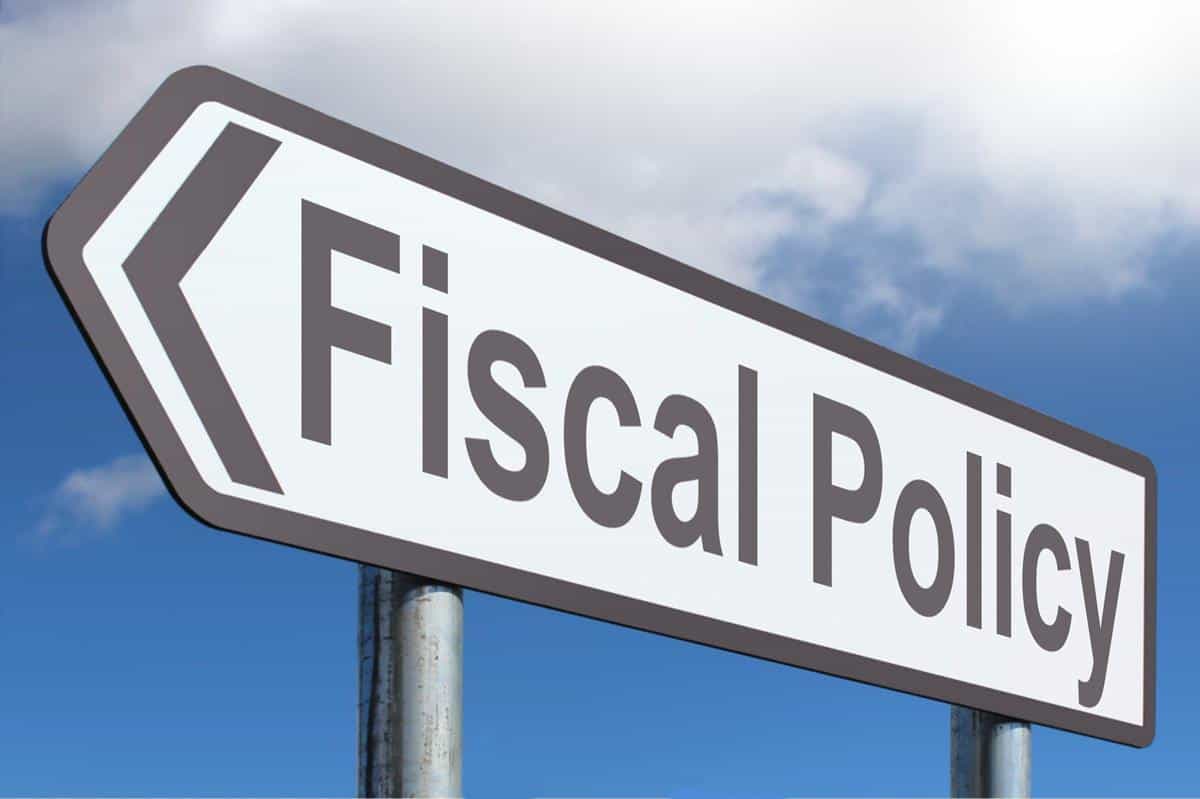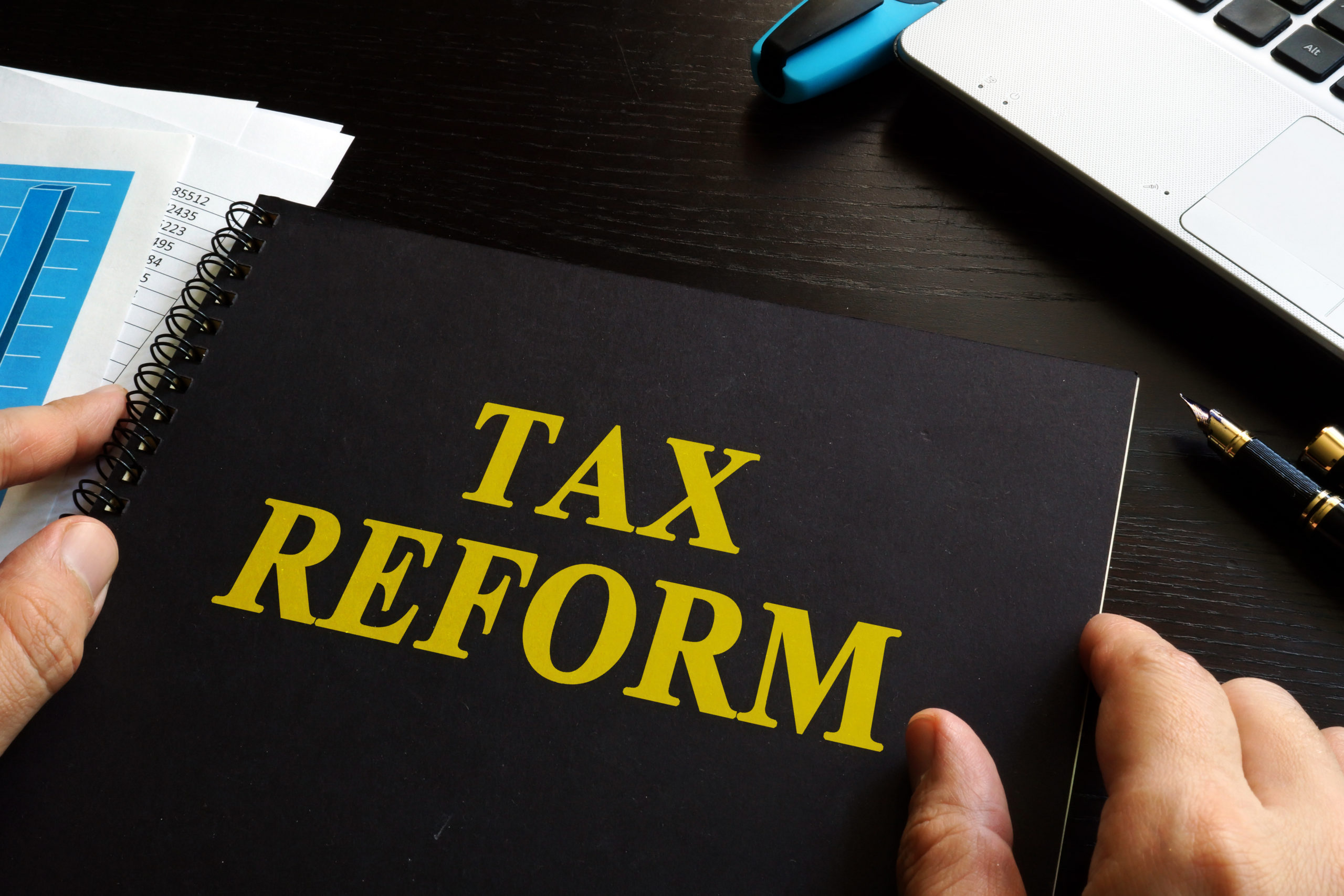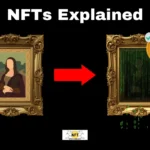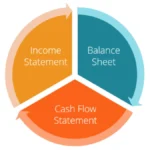Introduction
Fiscal policy is a powerful tool in the government’s arsenal for steering the economy. It involves managing government revenue and expenditure to influence economic conditions. Key elements of fiscal policy include government spending, taxes, and debt management. In this discussion, we will explore how fiscal policy can be used to stimulate economic growth, the concept of crowding out, and the role of automatic stabilizers. Additionally, we will delve into tax reform measures aimed at optimizing revenue generation and economic stability.

The Role of Fiscal Policy in Economic Stimulation
When an economy operates below its potential output, fiscal policy can be a vital catalyst for economic growth. Government spending can be strategically employed to harness idle resources, thereby boosting overall output. The multiplier effect amplifies the impact of government spending by not only adding the value of the expenditure to the economy but also stimulating increased consumption and investment. For instance, funding a bridge project not only enhances infrastructure but also empowers the bridge workers to contribute to closing the output gap through increased spending and investments.
The Challenge of Crowding Out
However, fiscal policy’s effectiveness can be hampered by the phenomenon known as crowding out. This occurs when government spending merely replaces private sector output, rather than adding extra output to the economy. Crowding out can also transpire when government spending pushes up interest rates, limiting private sector investment. Advocates of fiscal stimulus argue that crowding out is less of a concern when the economy is in a depressed state, with abundant idle resources and low-interest rates, making government intervention crucial for recovery.
Leveraging Automatic Stabilizers
To counteract the policy lags associated with discretionary fiscal policy, automatic stabilizers can be employed. These mechanisms utilize conventional fiscal tools but automatically kick in when the economy faces a downturn. For instance, spending on unemployment benefits can automatically increase when unemployment rises. In a progressive income tax system, the effective tax rate falls automatically as incomes decline, providing relief to struggling households.
Tax Reform for Economic Stability
In pursuit of economic stability and optimal revenue generation, tax reform plays a pivotal role. Here are key components of a tax reform framework:

Tax Types and Rates (By Sectors)
- Corporate Tax (10%) [Large Corporations]: Imposed on profits generated by large corporations.
- Income Tax (5%) [All Income Earners]: Applies to the income earned by all individuals.
- International Sales Tax (12%) [International Corporations]: Levied on international corporations, with a rate below the G7 minimum tax.
- Sales Tax (5%) [Small Medium Enterprises]: Applied to small and medium-sized enterprises (SMEs).
- VAT (0%) [Consumers]: A value-added tax with a zero rate applied to consumers.
Matrix for Tax Calculation
- Number of Large Corporations: Determine the count of large corporations operating.
- Number of Income Earners: Calculate the number of individuals earning income.
- Number of International Corporations: Count international corporations operating.
- Number of Small Medium Enterprises: Calculate the count of SMEs in operation.
Tax Benefits and Incentives
- Corporate Tax (10%) [Large Corporations]: Encourages large corporations to contribute to revenue generation.
- Income Tax (5%) [All Income Earners]: Provides a fair tax rate for all income earners.
- International Sales Tax (12%) [International Corporations]: Enhances revenue from international business activities.
- Sales Tax (5%) [SMEs]: Balances revenue generation while supporting SMEs.
- VAT (0%) [Consumers]: Provides consumers with a tax-free purchasing environment.
Qualification Requirements
Qualification for tax benefits and incentives may necessitate the submission of tax returns, ensuring compliance with tax regulations.
Conclusion
Fiscal policy, through government spending and tax reform, plays a pivotal role in steering the economy towards stability and growth. By understanding the nuances of fiscal policy and implementing effective tax reform measures, governments can create an environment conducive to economic prosperity and resilience.
















